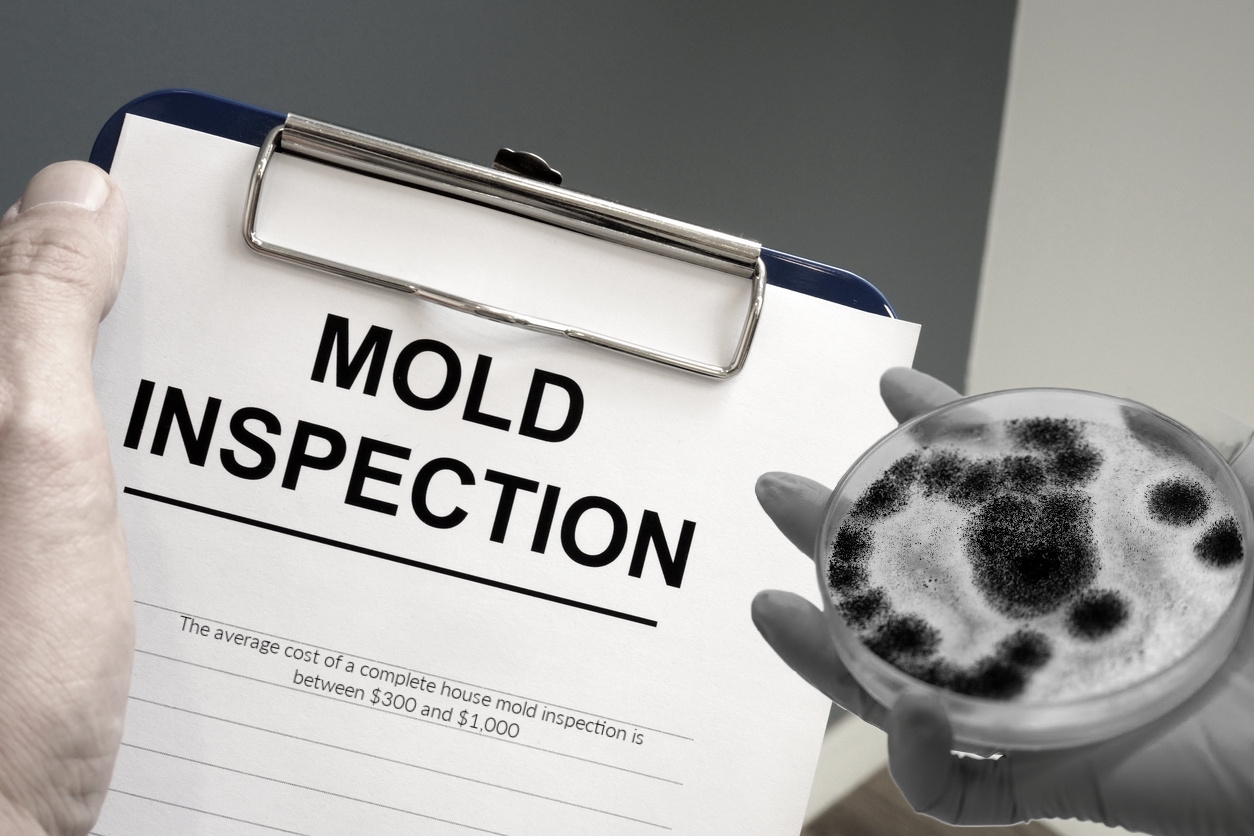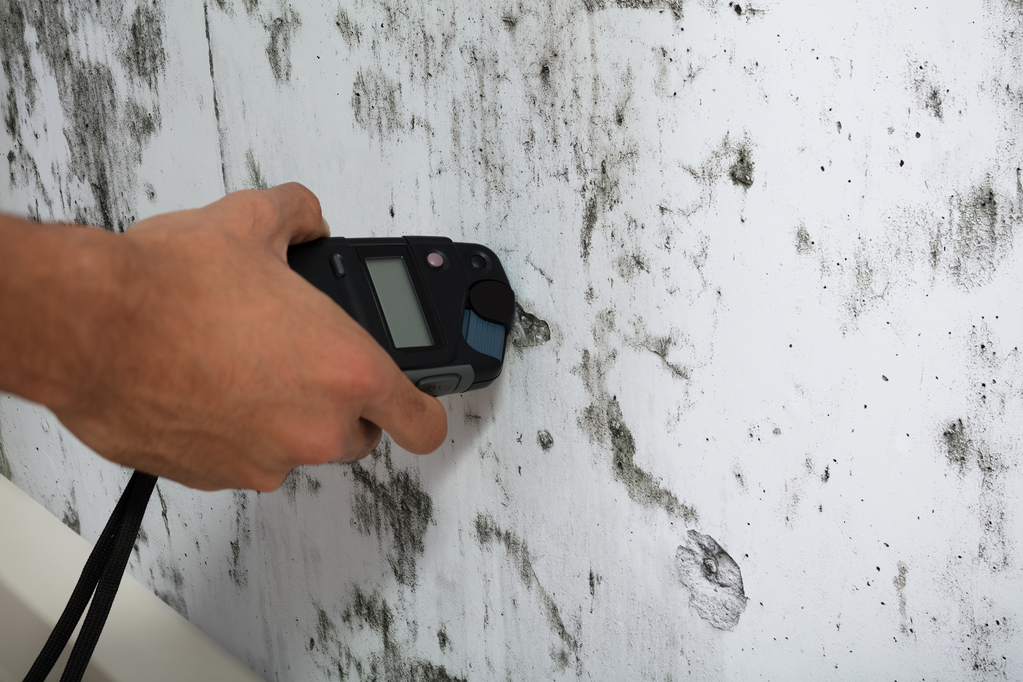After Mold Remediation Techniques for Tidy Rooms
Wiki Article
Effective Message Mold Remediation Solutions for Your Home
Mold growth in homes can be a persistent issue, frequently needing a methodical technique for efficient post-remediation remedies. From recognizing the factors that contribute to mold advancement to carrying out correct cleansing strategies and dampness control procedures, the procedure can be complex yet vital for keeping a healthy and balanced living environment. Additionally, exploring natural removal options and developing a routine for continuous maintenance are necessary parts of an extensive mold removal approach. As property owners make every effort to attend to mold concerns, locating the most effective remedies ends up being paramount for the health of their families.Recognizing Mold Growth Variables
The key factor contributing to mold growth is wetness. Mold spores need wetness to thrive and germinate, making moist or damp settings very at risk to mold and mildew problems.
In addition, air flow and light direct exposure can impact mold and mildew growth. Areas that do not have appropriate air flow and natural light are a lot more prone to mold growth. By attending to these factors thoroughly, people can efficiently minimize mold growth and guard their living environments.
Appropriate Mold And Mildew Cleaning Methods
Utilizing efficient cleansing methods is vital in preventing the reoccurrence and resolving of mold contamination in indoor atmospheres. When managing mold and mildew, it is essential to prioritize safety and security by putting on protective gear such as gloves, masks, and goggles. The very first step in correct mold and mildew cleansing is to contain the affected area to avoid the spread of spores to uncontaminated locations. This can be attained by securing off the room and making use of air scrubbers or adverse air equipments to keep air top quality.
Executing Wetness Control Actions
To effectively avoid mold and mildew development and contamination in interior settings, implementing moisture control steps is vital. Dampness is the key factor that fuels mold development, making it important to handle moisture degrees within the home. One reliable measure is to make use of dehumidifiers to keep interior moisture levels listed below 60%. In addition, ensuring proper ventilation in areas prone to moisture build-up, such as bathrooms and kitchens, can aid lower the threat of mold and mildew development. Consistently evaluating and repairing any kind of leakages in pipes, roofing systems, or windows is also essential in preventing excess dampness buildup. Utilizing exhaust fans while cooking or bathing, and permitting air flow by keeping furnishings a little away from walls can assist in wetness control. Utilizing moisture-resistant products in high-humidity locations, such as mold-resistant drywall and paints, can be useful. By vigilantly implementing these dampness control steps, property owners can effectively lower the probability of mold recontamination and maintain a healthy and balanced indoor environment.Utilizing All-natural Remediation Solutions
After efficiently carrying out moisture control measures to prevent mold and mildew development in indoor environments, homeowners can currently discover the efficiency of natural removal options in maintaining a healthy living room. Natural removal remedies use environmentally pleasant techniques to combat mold and mildew and mildew, making them a preferred option for those seeking safe alternatives. By including these natural removal services right into their cleaning regimens, property owners can effectively deal with mold development while advertising a healthier interior environment for themselves and their family members.
Preserving a Mold-Free Setting
Routinely examining locations prone to mold development, such as shower rooms, attics, cooking areas, and basements, is essential. Correct air flow in areas with high moisture levels is additionally crucial to avoiding mold and mildew development.Additionally, keeping tidiness in the home is vital for mold and mildew prevention. Consistently cleaning and cleaning surfaces, carpetings, and upholstery can aid get rid of mold and mildew spores before they have an opportunity to multiply and resolve. Using mold-resistant items for construction products and furnishings can additionally aid in producing a mold-free setting. Finally, maintaining indoor plants in check and making sure Post Mold remediation cleaning proper drain in outdoor landscaping can decrease wetness accumulation, decreasing the chance of mold invasions. By adhering to these proactive maintenance techniques, homeowners can efficiently promote a mold-free home.
Final Thought
To conclude, it is necessary to deal with mold development variables, use proper cleaning techniques, apply dampness control steps, make use of all-natural remediation remedies, and keep a mold-free environment in order to effectively manage article mold and mildew removal in your house - After mold remediation. By following these techniques, you can prevent mold and mildew from recurring and make certain a healthy living atmosphere for you and your family
The key element contributing to mold growth is dampness. Mold and mildew spores need moisture to sprout and thrive, making damp or wet environments very vulnerable to mold and mildew problems.To successfully stop mold growth and contamination in indoor atmospheres, implementing wetness control measures is vital. In addition, making sure correct ventilation in areas vulnerable to moisture accumulation, such as cooking areas and washrooms, can help lower the risk of mold growth.After effectively applying wetness control measures to prevent mold and mildew development in interior atmospheres, home owners can currently explore the efficiency of natural removal solutions in keeping a healthy and balanced living area.
Report this wiki page